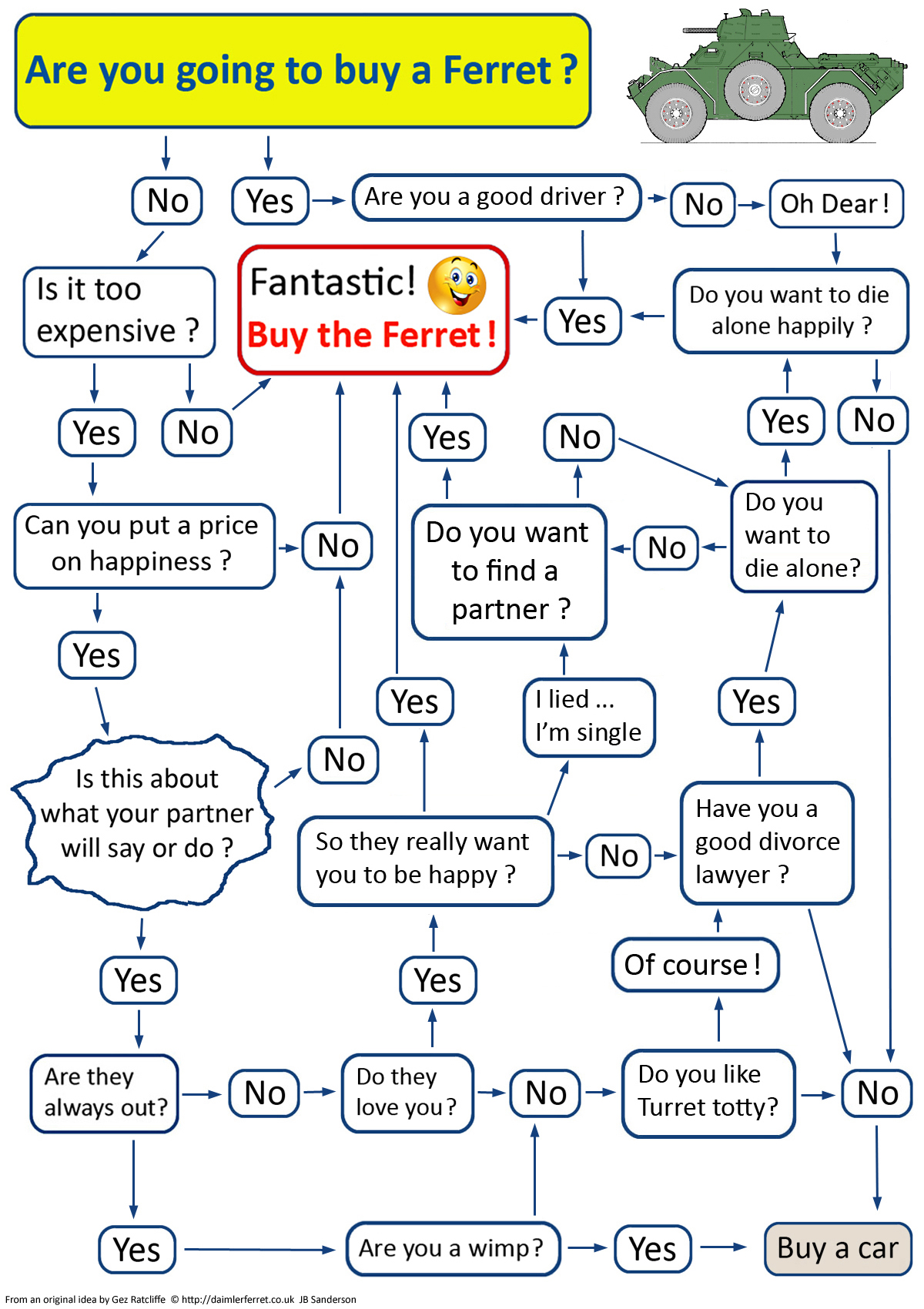Ferret costs
Before you could buy ex-MOD armour the first Ferrets in the UK were brought over from Hong Kong. The best time to buy a Ferret was in the mid 1990s and at the turn of this century. One enthusiast recalls that the military would deliver a fully-equipped Ferret to the door for £2k. Mind you, at 2017 prices this would equal £4,100 so still a bargain given that an equivalent purchase today would require 4-5 times that outlay.
Back in 1998 25 Ferrets were rescued from a Belgian dealer’s yard by a Kent enthusiast. They were all ex-BAOR. With the help of his ex-REME mechanic, the best 15 examples were restored. The remaining ten were used for spares, with the hulls being scrapped. A condition of sale ensured that these vehicles were only sold to respected enthusiasts. Prospective buyers attended an interview prior to sale being considered.
When Classic Military Vehicle was first published in 2001, a Ferret Mk 2/3 was being offered for sale at £4,500. Five years later in 2006, the guide price was £6,500. A rare Mk 5 Ferret with Swingfire guided missiles cost £13,000. A 1942 Mk II Daimler Dingo was offered for sale at £14,000. The same £2k which would have bought you a fully-equipped Ferret in the mid 1990s would now buy you a non-runner for restoration.
By 2011 a Dingo was fetching £19k, roughly the price of a good condition Ferret today at 2017 prices, whereas Ferrets were valued around £8,000. Now Dingos have POA in the adverts, and at 2016-2017 prices will likely set you back by £30-35,000. Ferrets are worth anywhere between £15-19k, depending upon condition and roadworthiness. Occasionally, a fully-equipped Ferret will be offered for over £20k, but current market pressures tend to keep vehicle prices below this next natural ceiling.
I have a friend who says he can afford a Rolls Royce (the Ferret has its own RR engine!) but he can’t afford to run it. Keeping a Ferret running isn’t cheap, but what price hapiness? Here is a PDF of costs that I’ve worked out over my four year period of ownership. The two young lads pictured on the banner will need a lot more than Monopoly money to do this!
Restoration
Unless you buy a Ferret in pristine condition, it is more than likely you’ll have some restoration work to do. The HMVF forum provides a lively community, with several members undertaking restoration projects and having experience of breathing new life and TLC into old vehicles. There’s a list of MV restoration blogs. These listed on this webpage are Ferret-specific: Here’s a restoration blogs on HMVF and some others ♦ here ♦ here ♦ here ♦ here and ♦ here together with a 2003 article in the now defunct Military Machines International, when Ferret restoration was at a peak, a Dingo restoration and a Fox CVR(W) restoration on YouTube (best played with the sound off).
Vehicle history Record Cards
The provenance of the vehicle can be cross-checked. Inside, on the upper right-hand wall of the fighting compartment there will be a vehicle data plate, normally on the right-hand hull wall. This can be cross-checked with the vehicle record held in the archive at Bovington, which can be made available for a fee (the vehicle Registration (ERM) numbers are required). You can also find abbreviated details on the Merlin database if you know the Equipment Registration Mark (e.g. 01 DC 86). Underneath the vehicle data plate you will find the hull ID number.
The six figure military numberplate was issued according to the contract number and thus the date of production of the vehicle. The full list is published as Table 2 on page 35 of Pat Ware’s (1997) Ferret: FV700 Series in British Army Service Warehouse Publications, ISBN = 978-095255-630-5. An abridged list of the Mk 1 & Mk 2/3 contracts is given here.


